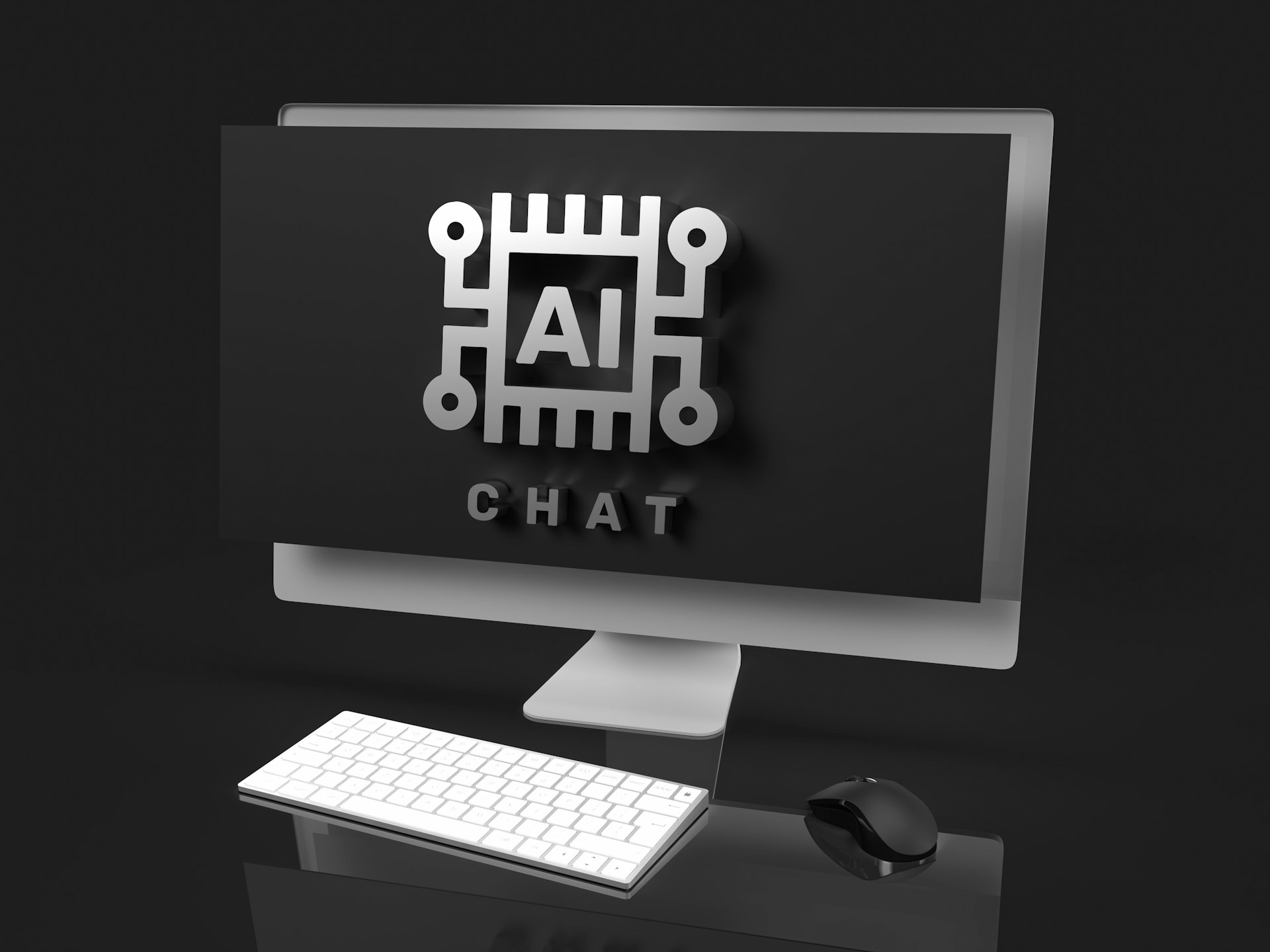Have you ever wondered just how far chatbots have come since their early days of answering basic questions? Today, AI chatbots do much more than handle your simple, “What’s the weather?” queries. They’re digging into complex problems, navigating nuanced customer service issues, and helping businesses streamline their operations—all without the need for human intervention. But how do they do it?
The Basics: Simple Queries That Keep Things Moving
When chatbots first entered the scene, their main job was to handle basic, repetitive questions. Think of things like:
- Store Hours: “What time do you open?”
- Order Status: “Can you track my package?”
- FAQs: “What’s your return policy?”
These simple queries were where AI chatbots got their start. They could pull information from a database quickly, give you an accurate answer, and leave everyone happy without tying up a customer service representative. But what’s remarkable is how chatbots have evolved beyond these straightforward tasks.
How AI Chatbots Understand Human Language
AI chatbots from the likes of BotBuilders and other industry leaders have taken a huge leap forward thanks to advancements in natural language processing (NLP). If you’re not familiar with NLP, it’s basically the tech that helps chatbots understand the words you’re using—and even the ones you’re not explicitly saying.
Ever messaged a chatbot with something like, “I can’t seem to log in,” and gotten a helpful response? That’s NLP in action. The chatbot understands that you’re not just providing information—you need help, and it knows what type of assistance you require. The technology lets chatbots grasp intent, identify key phrases, and even detect the mood of your message. This means they’re no longer just responding to keywords; they’re understanding context.
Handling Intermediate Requests: The Step Up from FAQs
Beyond simple questions, AI chatbots now assist with intermediate requests that require a bit more understanding. For instance, chatbots can:
- Make Recommendations: Based on your preferences or prior interactions, they suggest products or services.
- Schedule Appointments: You can book a meeting or make a reservation without picking up the phone or waiting for a response.
- Collect Information: They can gather the necessary information before handing you off to a specialist.
Think about it: Instead of spending time filling out forms or browsing through endless pages, chatbots can do that work for you. They narrow down choices or pull up precisely what you’re looking for based on a few simple inputs. This makes them extremely useful for businesses wanting to give customers a smooth experience.
Complex Problems: When Things Get Tough
Here’s where it gets really interesting—AI chatbots have evolved to handle much more than just basic requests. Today, they’re taking on more complex problems that might involve multiple steps, data points, or deep context.
Example 1: Troubleshooting Technical Issues
Ever had a tech issue and dreaded calling support? AI chatbots are getting much better at helping solve these technical problems by walking you through step-by-step troubleshooting.
They’ll ask you questions, analyze your responses, and provide solutions that would usually need a human expert. And if the issue is still beyond their capability? They seamlessly transfer you to a real person, often with all the necessary information already at hand, saving you time.
Example 2: Personalized Customer Service
Say you need to update your subscription, make a payment adjustment, or change some details on your account. These are complex interactions involving personal data, specific requests, and an understanding of unique customer situations.
Modern AI chatbots use user history and data to personalize responses, meaning they know who you are, what you’ve previously requested, and can even make proactive suggestions to enhance your experience. No need to start from scratch every time you message.
Example 3: Emotion Detection and Escalation
This might sound a little sci-fi, but chatbots are now equipped to detect emotions. If a chatbot senses frustration from the way you’re phrasing things, it can escalate the interaction—handing you over to a human operator who can take a more empathetic approach. This combination of AI speed and human understanding helps prevent situations from escalating unnecessarily, making the whole customer service process smoother.
Machine Learning: The Secret Behind Continuous Improvement
So, how do these chatbots keep getting better? The magic lies in machine learning. Every interaction a chatbot has is data it can learn from. Let’s say a chatbot fails to understand a specific type of request. It doesn’t just ignore that failure; instead, it learns from it.
Machine learning allows chatbots to recognize new patterns and add them to their repertoire. Essentially, the more people interact with a chatbot, the better it becomes at understanding and solving problems.
Think of it like this: AI chatbots are not static. They are constantly evolving, picking up new skills, and refining their responses so that they can provide better support the next time around. This is why the chatbots you interact with today are leagues ahead of those from just a few years ago.
The Benefits of AI Chatbots for Businesses and Customers Alike
- 24/7 Availability – Chatbots don’t sleep. They’re always on standby, ready to assist whenever you need them, whether it’s 3 PM or 3 AM.
- Cost Efficiency – Businesses can reduce costs since chatbots can handle a significant amount of customer service tasks, freeing up human agents to focus on more complex issues.
- Consistency – Unlike humans, chatbots don’t have “off days.” They provide consistent responses, ensuring that every customer gets the same quality of service.
- Scalability – Whether it’s ten customers or ten thousand, chatbots can handle the load without breaking a sweat.
- Personalization – By using data effectively, chatbots offer personalized recommendations and support, making each customer feel valued.
When Chatbots Need a Helping Hand
While AI chatbots are becoming incredibly capable, there are still times when a human touch is required. Complex emotional issues, sensitive conversations, or highly nuanced requests can sometimes be outside the scope of even the most advanced AI.
The good news is that chatbots are great at recognizing these limitations. When that happens, they transfer the conversation to a human agent—usually with all the context already provided so you don’t have to start over. This kind of collaboration between AI and human agents results in faster, smoother resolutions.
Are AI Chatbots the Future?
AI chatbots are no longer just an experimental feature. They’re rapidly becoming a central part of how businesses interact with their customers. They offer convenience, speed, and personalization, and they’re continually learning how to do even more. As AI technology advances, we can only expect these digital assistants to get smarter, more intuitive, and even more capable of handling the wide spectrum of issues we throw at them.
The next time you’re greeted by a chatbot window, remember—there’s a lot going on behind the scenes. Whether it’s helping with something as simple as a store hour query or diving into complex problem-solving, AI chatbots are proving that they’re more than ready to tackle the challenge.




